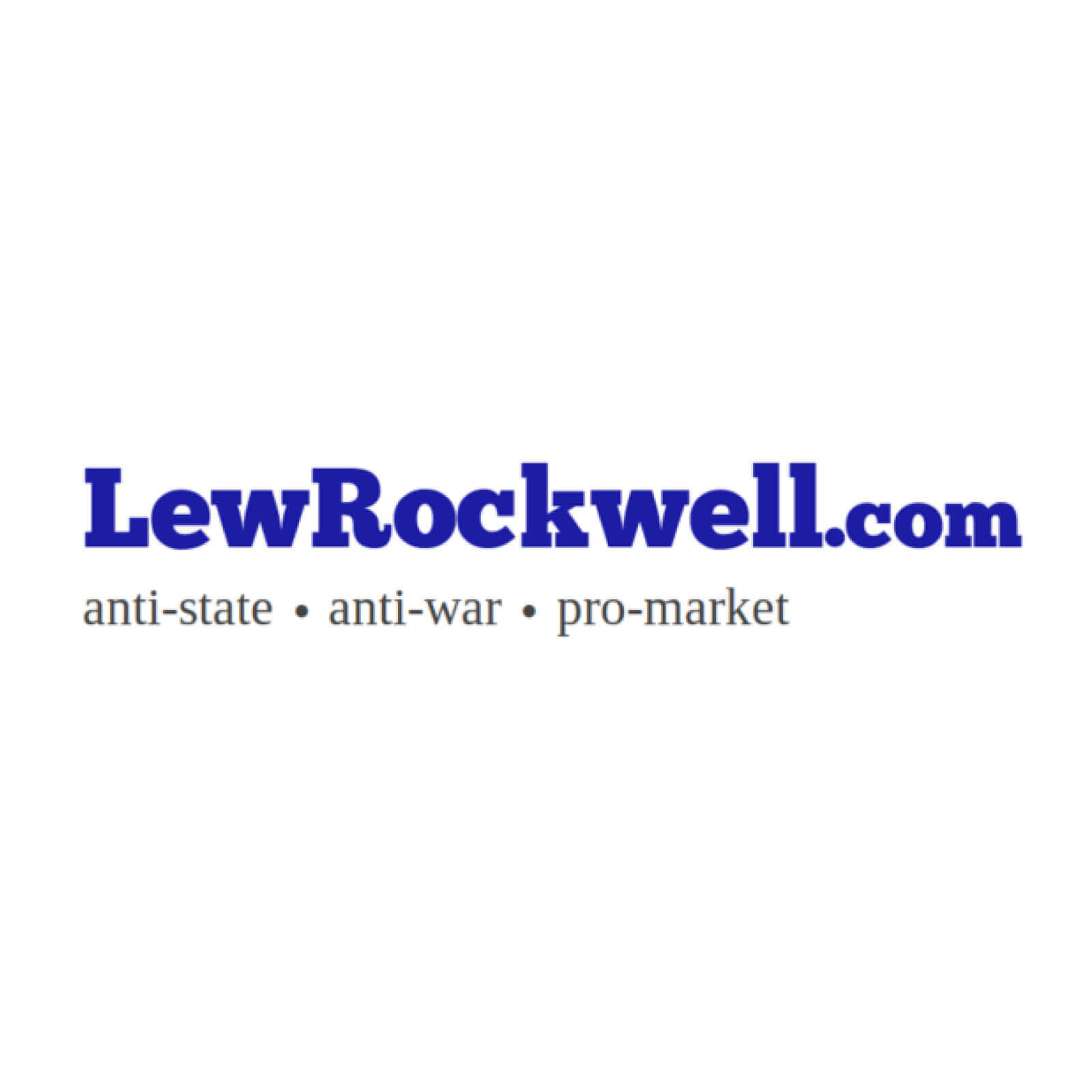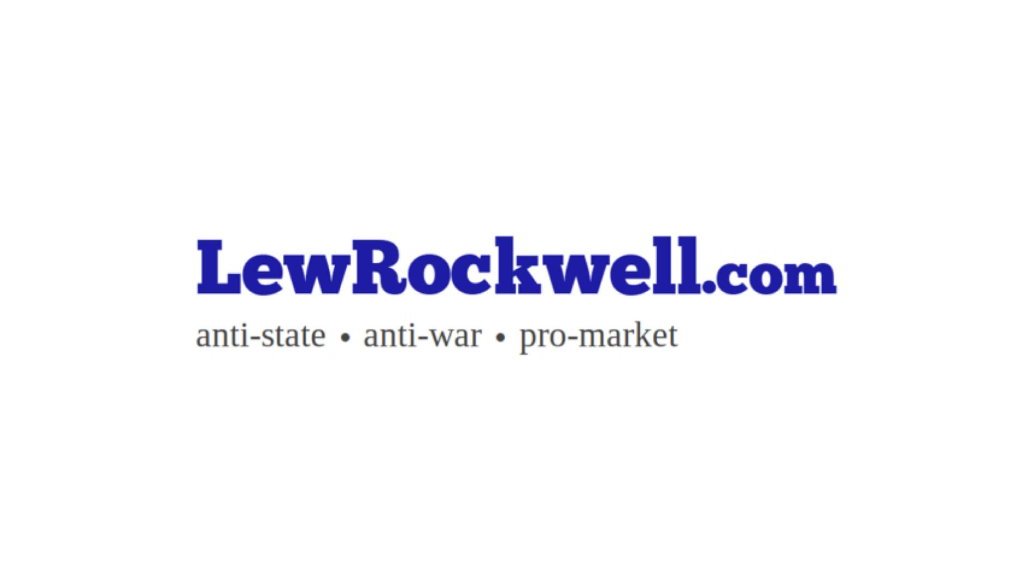Surveillance Recordings Show OKC Bombing, Accomplices
CCTV camera in downtown OKC. Image courtesy of CNN.
“All they showed us were a series of video still photographs showing the Ryder truck, but no one in or around the vehicle.”
“We were never allowed to see the photo evidence from the cameras on the Murrah Building that would have shown the truck being parked and the people who got out of the truck”
“That’s all on tape, and we were authorized to see all of that, but we weren’t allowed to see it…and in fact, nobody has been allowed to see it.” — Federal Grand Juror Hoppy Heidelberg
Today, closed circuit surveillance cameras are ubiquitous. You’ll find them everywhere: gas stations, at stoplights, on government property, on private property. At the time of the April 19th, 1995 Oklahoma City bombing, the situation was roughly the same. In downtown Oklahoma City, you could find surveillance cameras mounted at over a dozen properties: on the Regency Towers apartment building, the Journal Records Building, the Southwestern Bell building, the post office, and elsewhere. The properties surrounding the Alfred P. Murrah federal building were saturated with surveillance cameras, some of which, FBI records reveal, actually captured the April 19th, 1995 Oklahoma City bombing on film.
The first reports concerning surveillance camera footage were aired on CNN within days of the bombing. One early CNN report broadcast that “the FBI says that it has surveillance camera video of the bomb site” which was then followed by a clip of FBI on-scene-commander Weldon Kennedy urging all businesses in the area to come forward to provide their security camera recordings, which they did do. Summarily, later that same week, CNN further reported that “the FBI says that it has obtained videotapes from security cameras in the vicinity of the blast and may have tape of the Ryder rental truck used to house the enormous bomb.”
Note that in CNN’s second broadcast about the tapes, CNN reported that the FBI had “videotapes,” plural, and “security cameras,” plural, implying that more than one recording had been obtained. This is confirmed by FBI investigatory records, court transcripts, and even testimony under oath by an FBI agent assigned to the case. Indeed, just eight days after the bombing, a preliminary hearing held in the U.S. District Court for the Western District of Oklahoma shed considerable light on the FBI’s evidence in the case, to include both witnesses and surveillance recordings.
By the time of the April 27th, 1995 preliminary hearing, the primary suspect — Timothy McVeigh — was in custody. The purpose for the preliminary hearing was to show probable cause and a reasonable basis for proceeding in case no. CR-95–98, the United States of America vs. Timothy James McVeigh. Leading the charge in the government’s case at the preliminary hearing was principal Associate Deputy Attorney General Merrick Garland, a top aid to Deputy Attorney General Jamie Gorelick. Garland’s chief witness at the hearing was FBI Special Agent Jon Hersley, who would go on to give testimony that would serve to confirm that the FBI had in its possession multiple surveillance camera recordings.
Special Agent Hersley would recount during the hearing that he had seen both video and photographs (still-image video frames) taken from surveillance recordings seized by the FBI. Hersley testified that one of the photos he had seen depicted a Ryder truck moving east on 5th street. This photo was sourced from a surveillance camera identified as having come from the Regency Towers apartment complex. The Regency Towers was located less than a block from the Murrah Building and had an unobstructed view of the north face of the building.
Hersley’s testimony is worth citing here because it is so specific concerning footage that the FBI had seized during their investigation:
Q. So you say there is film available that shows the — a Ryder Truck in an easterly direction, that is traveling in an easterly direction on Fifth Street?
A. Yes.
Q. Is it past the street that we know as Harvey?
A. I am not — I have not studied that film in detail. It’s in that general vicinity right in there. It may be the video that I saw. I believe it is just before — well, I am not sure. I better not say that.
Q. Well, Harvey Street —
A. I don’t know.
Q. Harvey Street is the street that is immediately west of the Murrah Building?
A. That is correct.
Q. Are the photographs that you saw or, is it still photo or film?
A. What I saw was the still photos.
Q. Is it a still photo that has been removed from a film?
A. Yes.
Q. So it was a close-up more of the truck than it’s location?
A. It wasn’t a close-up photo, it was taken from a camera off one of the buildings in the vicinity.
Q. Did you make a determination of what building it came off of?
A. No, I did not myself.
Q. Okay, did anyone?
A. I believe one of the other agents was able to determine that it came from one — one of the films came from the Regency Tower Apartments.
Q. Was there a time indicated on the picture of the film that you saw?
A. Yeah.
Agent Hersley’s testimony clarifies that the FBI had in its possession multiple surveillance camera recordings from the area. When Hersley testif
Article from LewRockwell

LewRockwell.com is a libertarian website that publishes articles, essays, and blog posts advocating for minimal government, free markets, and individual liberty. The site was founded by Lew Rockwell, an American libertarian political commentator, activist, and former congressional staffer. The website often features content that is critical of mainstream politics, state intervention, and foreign policy, among other topics. It is a platform frequently used to disseminate Austrian economics, a school of economic thought that is popular among some libertarians.



